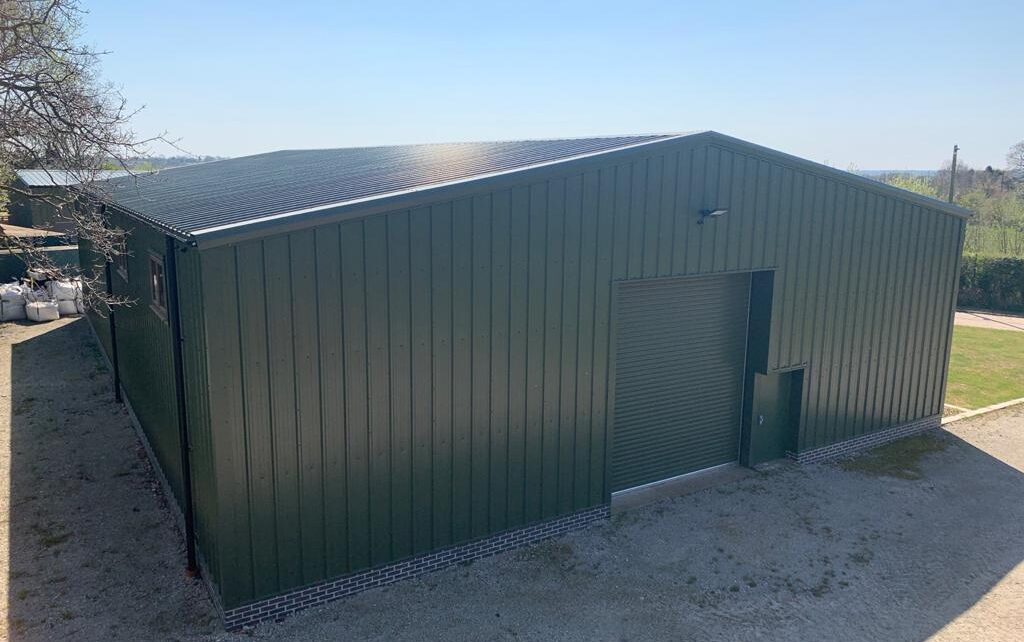
5 Essential Features of Steel Industrial Buildings
Steel industrial buildings must be spacious, efficiently ventilated, easily scalable, secure, and durable. Chances are, you’re harbouring expensive products, equipment or machinery that require specific conditions. Fortunately, we can help by outlining five essential features of industrial steel buildings, including an open-plan design, ventilation and durable components.
- Open-Plan Design
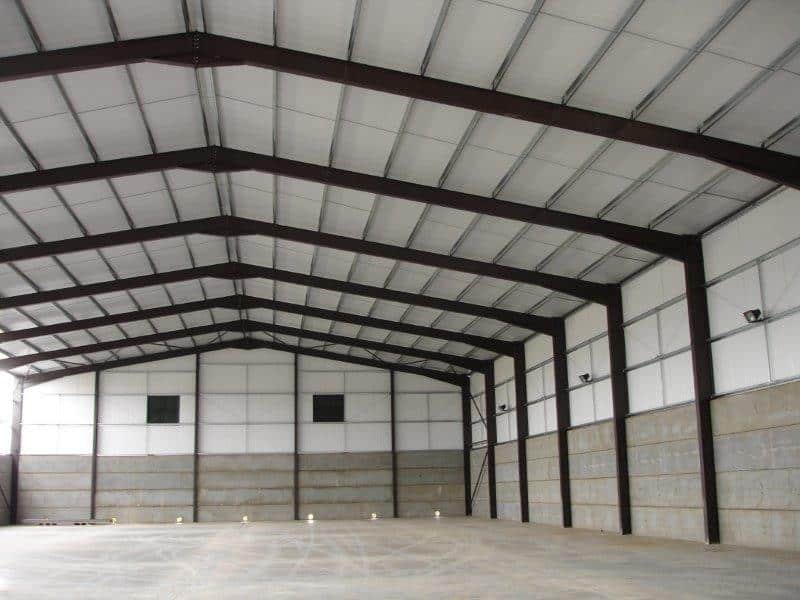
An open-plan design maximises floor space in your industrial steel building. Whether running a production line, commercial space, or storing goods, a clean slate accommodates everything you need. Without columns segmenting the room, you’re given the flexibility to reconfigure your layout, operate vehicles, and scale workflows without restriction.
Open-plan steel industrial buildings are more complex and expensive. The expense comes from the strength, depth and thickness required of the frames to keep the building structurally sound. Since the load is concentrated on the exterior columns alone, the cost of materials multiplies significantly. However, the price is worth the versatility an open-plan layout offers.
2. Efficient Ventilation
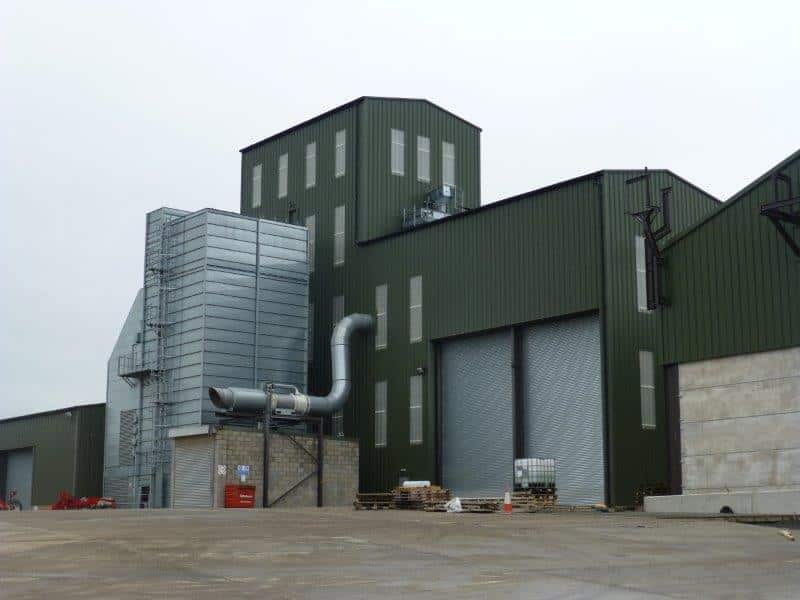
Without efficient ventilation in industrial steel buildings, you inadvertently welcome a risk to machinery, mould growth and building degradation.
Why is Ventilation Important for Industrial Machinery?
Excessive heat levels damage internal motors and electronics. Similarly, winter cold can introduce condensation, encourage contraction of metals and influence fluid viscosity. Lastly, a build-up of dust can clog filters, fans and sensors. To protect the lifespan of your industrial machinery, ensuring constant ventilation is absolutely non-negotiable.
How Does Mould Form in Steel Industrial Buildings?
Mould forms in steel industrial buildings using the moisture accumulated from lackluster ventilation measures. Not only does this pose a health risk to personnel, but a general risk to anything stored inside the building.
Steel structures are prone to “sweating” especially in colder months when condensation is a prominent issue. And if a wet building is consistently heated, a perfect environment for mould growth is maintained.
There are numerous things you can do to minimise the development of mould issues in your industrial steel buildings. Including:
- Installing mechanical ventilation systems.
- Using industrial-grade dehumidifiers.
- Zoning HVAC machines.
- Ensuring the building envelope is sealed.
Does Ventilation Affect the Integrity of Steel Industrial Buildings?
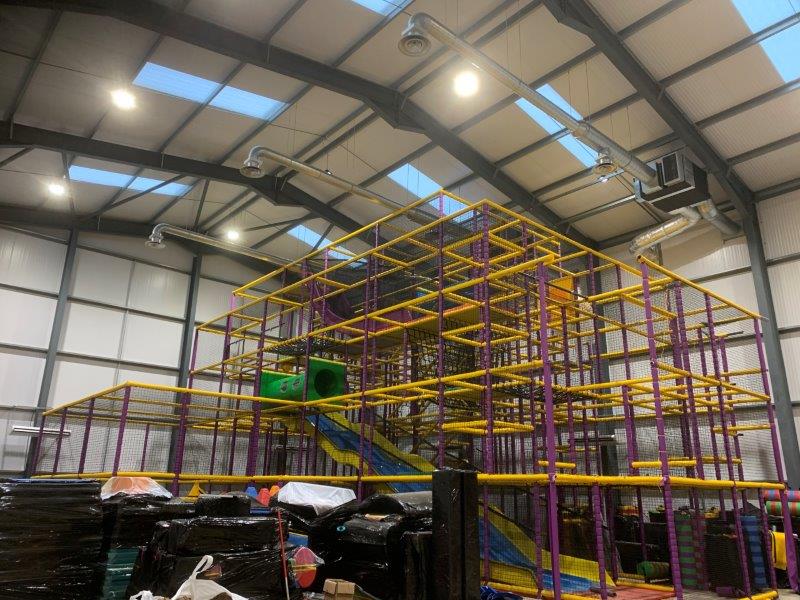
Yes, inadequate ventilation can encourage rusting, introduce thermal stress, and degrade protective coatings within steel buildings.
Rust can develop from moist, stagnant air and pose significant risks to the efficacy of structural components. After prolonged exposure, a building can become genuinely dangerous to occupy, due to increased unpredictability.
Thermal fluctuations cause natural compression and expansion across a range of materials. Despite this process being natural, it must be controlled to prevent long-lasting damage, especially in wooden structures and steel industrial buildings. Effective ventilation measures contribute to the management of these cycles to deter permanent problems.
Protective coatings can be compromised by inadequate ventilation due to moisture and even chemical build-up. Once a protective coating is infiltrated, it creates a corrosion hotspot that will continue to peel away, leaving entire components unprotected.
3. Scalable Infrastructure
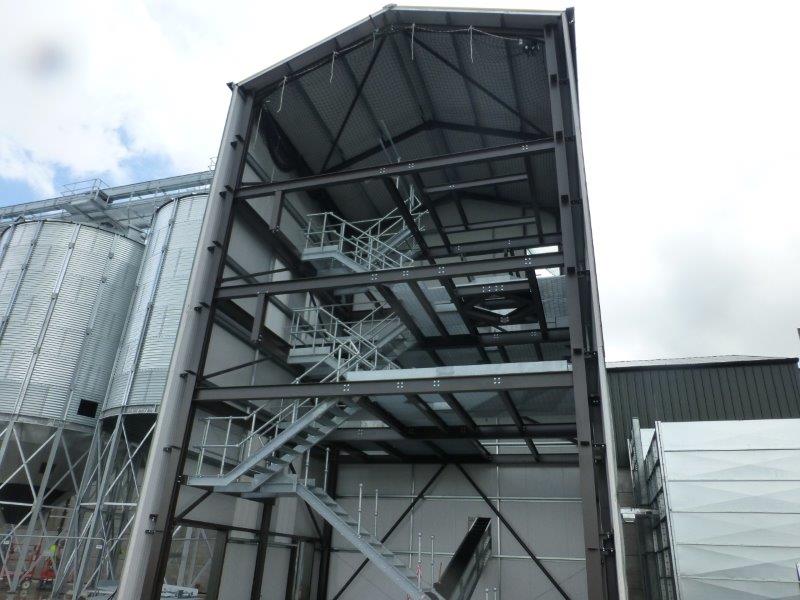
A scalable infrastructure is an essential feature that future-proofs your steel industrial buildings. Ensuring your facility can easily grow with your business and its needs gives you a strategic advantage by reducing downtime.
Consider your potential future need for mezzanines, new equipment, a larger team or partition systems when initially designing your building. Taking these things into account will enable you to upscale your building as you require, without restriction.
A few ways to design for potential scalability are:
- Ensuring that particular walls are non-load-bearing or removable.
- Incorporate knock-out roof panels.
- Orient the building to leave additional space.
4. Access Control and Security Systems.
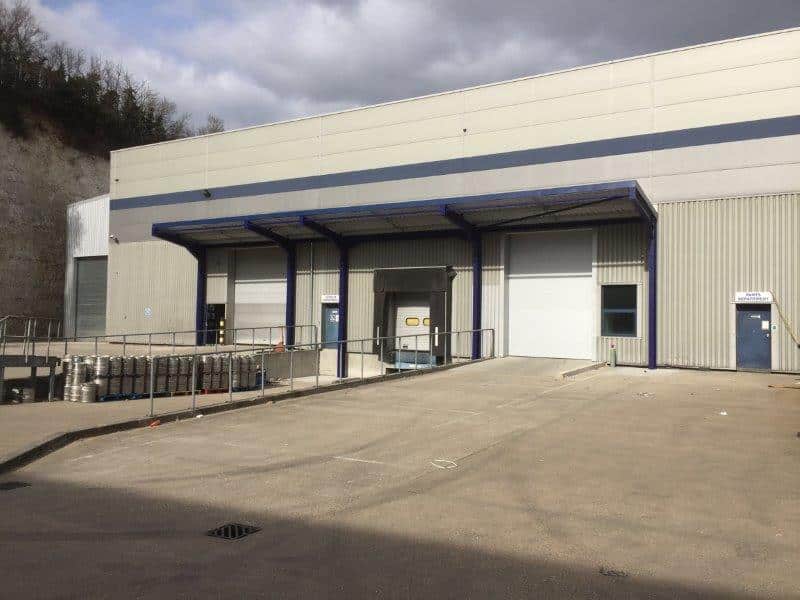
Implementing access control systems in your steel industrial buildings protects your high-value inventory and equipment from theft and vandalism. We recommend biometric and key card-only doors and a central access management platform to allow only authorised personnel to enter the building.
With a centralised access platform, you can grant, revoke and monitor access to your steel industrial building and gain complete visibility.
Installing security measures isn’t only beneficial for preventing criminal activity. Additional security could lessen the insurance costs on your steel industrial building because each reduces the risk of burglary.
Some essential security systems you should consider include:
- Infrared CCTV.
- Motion-censored LED floodlights with alert software.
- Intrusion alarms.
Adequate security is a necessary feature of industrial steel buildings holding high-value products, equipment and machinery.
5. Durable Structural Components

Using high-quality materials to construct your steel industrial building keeps maintenance demands low and extends its functional lifespan. Choosing CE-marked steel that resists corrosion, wear and degradation is perhaps the most essential feature of your building.
Installing first-rate steel across all structural components ensures structural integrity, rust resistance and general protection on every level.
Kit Buildings Direct is a fully UKCA-marked steel building manufacturer, fabricating the steel used for our buildings here in the UK, in accordance with BS EN 1090-1:2009 + A1:2011.
Steel Industrial Buildings at Kit Buildings Direct
We supply customers across the UK with custom-designed steel industrial buildings to suit a variety of needs. Whether you’re storing products or manufacturing yourself, we provide long-lasting facilities that meet the requirements of your business.
We deliver directly to you from across the UK via our Derby HQ. With over 50 years of experience in providing durable steel-framed buildings, we will ensure a smooth design and implementation process.
To learn more about the types of buildings we design, please don’t hesitate to contact us. We’re prepared to find a solution that works for you.
Written by
